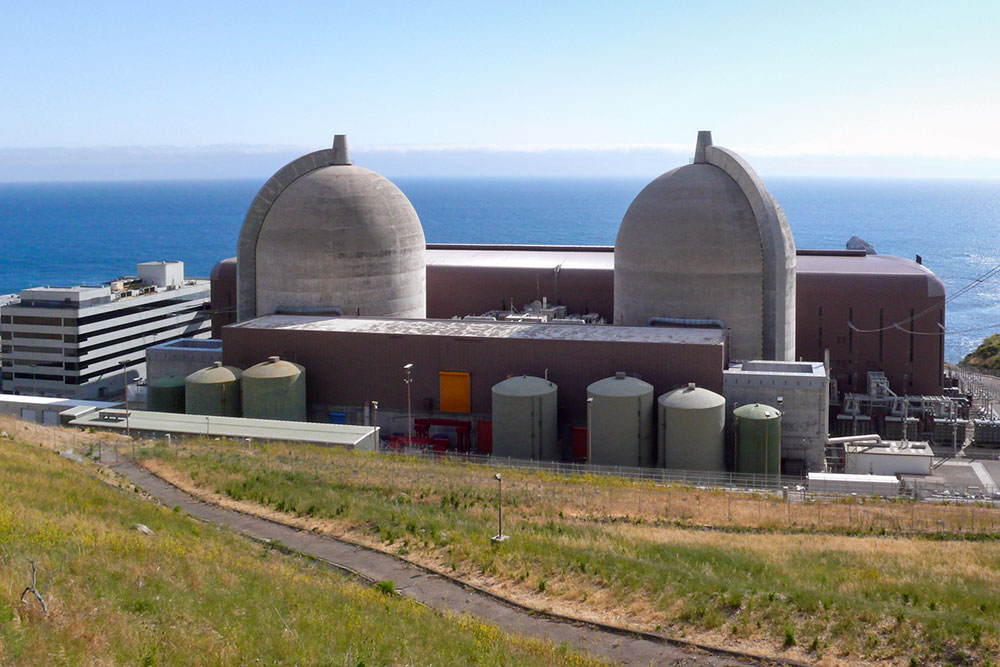A new view on nuclear energy

If the words “nuclear power” make you think of Three Mile Island or Fukushima, then Jacopo Buongiorno has a class for you.
The Tokyo Electric Power Company Professor in Nuclear Engineering and Director of the Center for Advanced Nuclear Energy Systems (CANES), Buongiorno is also the creator of a unique, three-day summer short course at MIT devoted to nuclear energy and its role in a low carbon future.
Part of a joint effort with the Boston-based Clean Air Task Force, the course was launched in 2019 and has been taken by more than 250 people so far. It grew out of a symposium organized by Buongiorno titled “Recognizing the Full Value of Nuclear” which focused on how communication, engagement and policy could influence whether and how people accept or reject technologies.
“In that symposium I learned that the traditional model of education, where there is someone who speaks from a position of authority because of his background and knowledge, is appropriate for a college class setting,” Buongiorno said. “But does not affect how non-technical stakeholders, for example the general public, adopt technologies or policies.
“If you want people to feel ownership of a project or an idea, you must start with a dialogue that focuses on issues that they care about, for example climate change mitigation, energy security, economic opportunity” he continued. “In that context you can then introduce the benefits and issues of nuclear energy technology.”
Buongiorno says that vast majority of policy makers, legislators, journalists and the general public lack even a fundamental understanding of how nuclear power works and the issues surrounding it.
“It’s not reasonable to expect people to get a degree in nuclear engineering to close that gap,” he said. “So to reach a broad audience, in particular people who have an interest in this topic, but cannot spend years studying it, we decided to develop a short course for them.”
Over three days, the course covers virtually every facet of the debate about nuclear power, from its role in addressing climate change to the cost challenges of nuclear energy to nonproliferation issues to questions about radiation and health and more.
Sessions are led by speakers who include world-class faculty from MIT and other institutions, lawmakers and officials from private-sector energy companies. The final day of the course even includes a tour of the nuclear research reactor located on MIT’s campus, giving students an up-close-and-personal view of nuclear technology.
His goal, Buongiorno said, is not for students to leave the course as advocates for nuclear energy, but with a clearer, more informed understanding of how nuclear energy works, and the role it could play in creating a more sustainable future.
A prime example of that role, he said, is its potential function in the production of clean hydrogen.
“Focusing on the question of how to decarbonize our economy, we must realize that only about 25 percent of CO2 emissions are associated with power generation,” Buongiorno explained. “The other 75 percent comes from transportation, factories, residential energy consumption and agriculture: we need to decarbonize all these sectors”.
“Therefore, we have included a session that discusses off-grid applications of nuclear, to showcase the versatility of this energy source — you can use it to generate electricity, but can do so much more with it,”he continued. “Producing clean hydrogen for the transportation sector is one of many such examples.”
The course also features a session on nuclear fusion because there is much curiosity around it.
While scientists last year passed an important milestone in fusion power — achieving “ignition,” and demonstrating a fusion reaction that produced more energy than it took to start the reaction — there are still serious technical hurdles to cross before fusion systems can provide power to the public, Buongiorno said.
In many ways, Buongiorno said, this course is ideally timed. As the demand for clean energy has increased in recent years, interest in nuclear power has grown around the world, particularly in Europe, where many nations are facing major energy uncertainties due in part to the consequences of Russia’s invasion of Ukraine.
“The majority of people who attend the course come from the U.S.,” he said, “but some come from Northern and Eastern Europe and some even from South America, all areas where nuclear already is or will be part of the generation mix.”
“In fact, we are now considering taking the course ‘on the road’, to Europe to have a bigger impact on the debate over clean energy over there,” he concluded.
The course in 2023 was made possible by donations from Ray Rothrock, Bill Budinger, Arizona Public Service Electric and the Nuclear Energy Institute.
Written by Peter Reuell. October 2023
